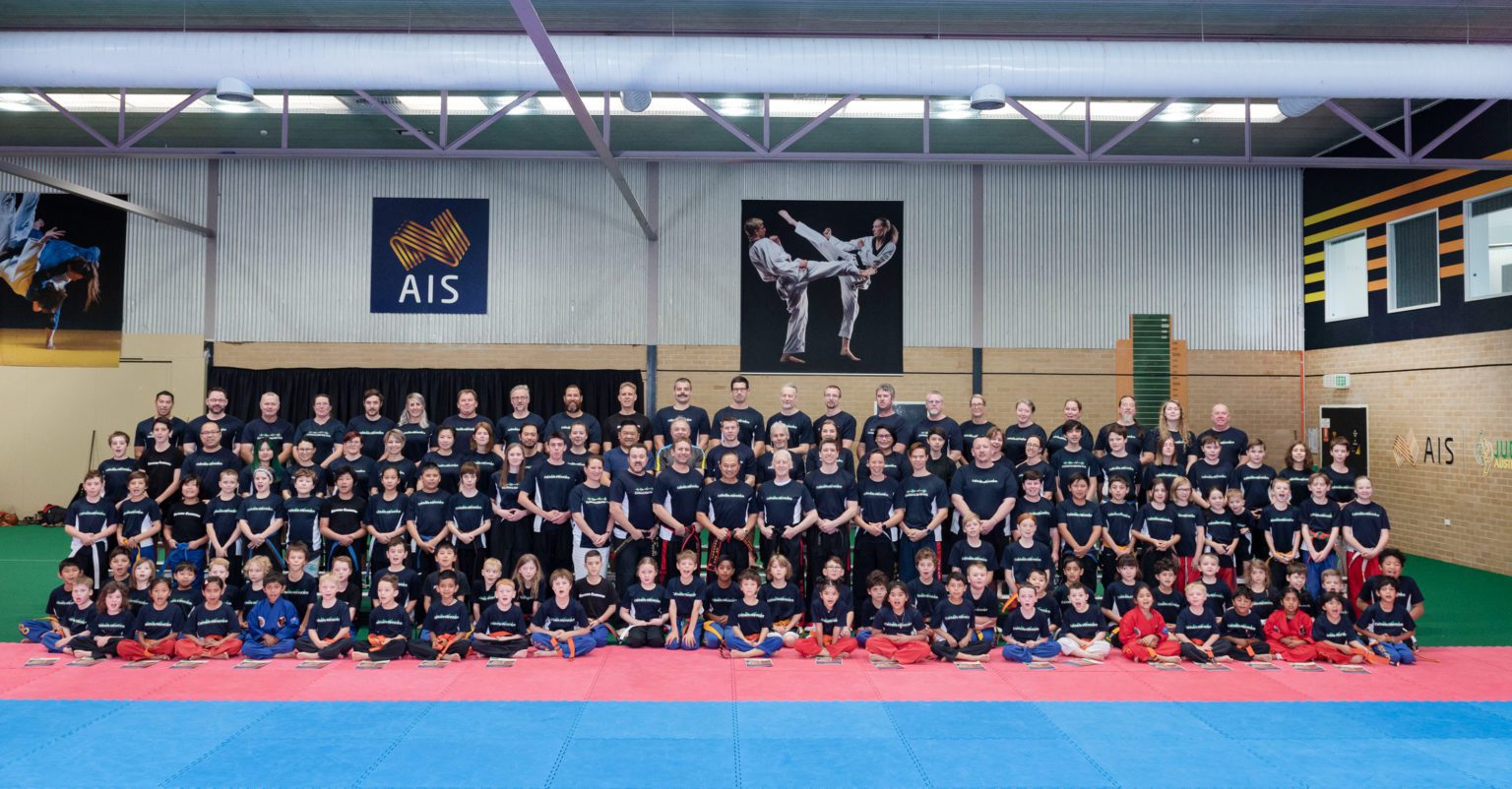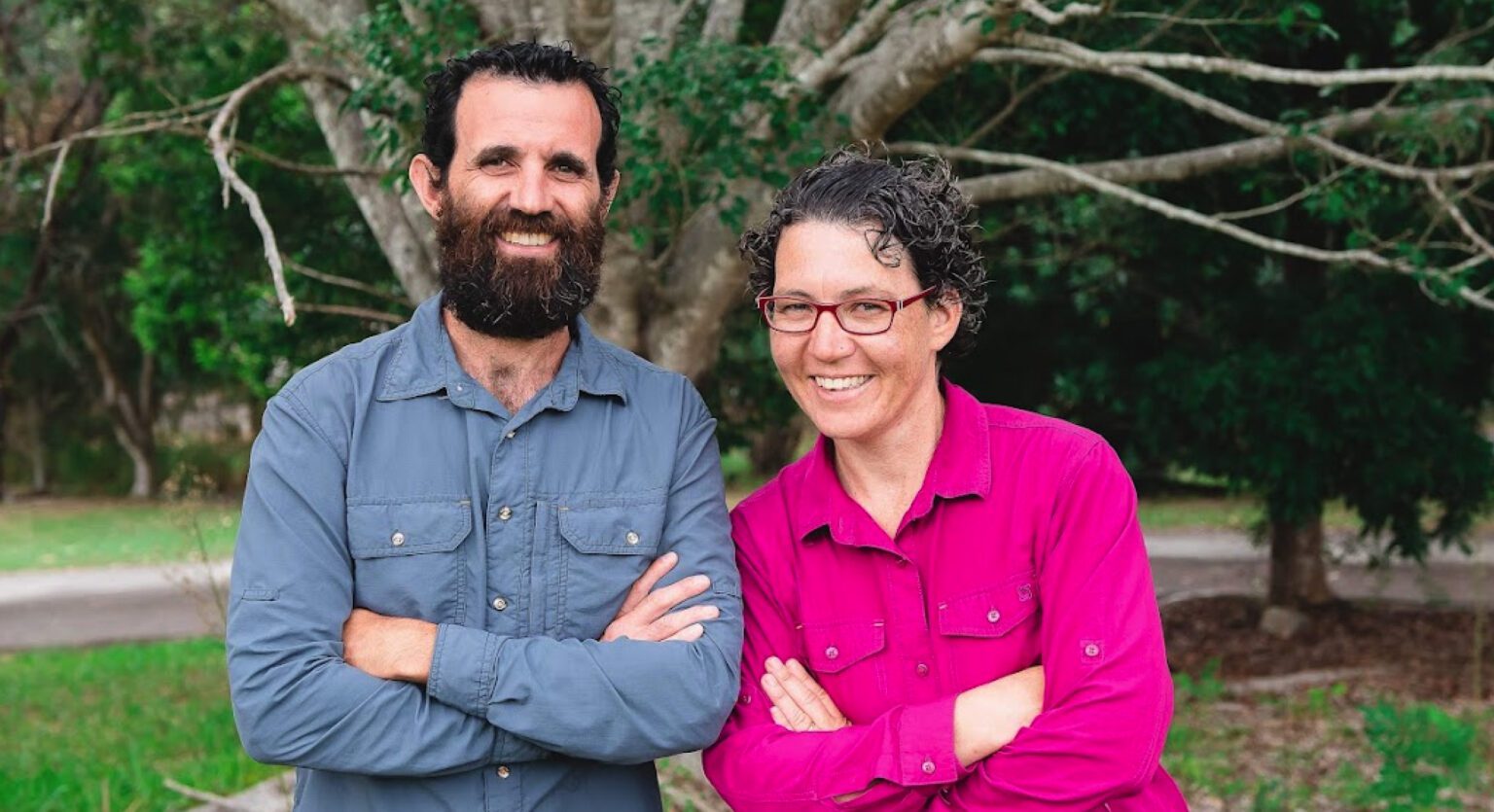Entrepreneur Tom Adam found he could drive success at his martial arts business by knowing when and how to hand a job over to someone else. Doing it all, he discovered, did not mean doing it better.
A recent RFi Group Research Report* commissioned by Prospa found that 34% of small business owners spend between 31 and 50 hours working in their business every week.
Some of these small business owners try to ‘do it all’, potentially underpricing their own time and energy. Making coffees, teaching classes, scheduling deliveries or arranging returns can take their attention away from where it should be: strategic planning, leadership, growth, the next big idea – working ‘on’ the business.
It also potentially puts them at risk of burnout. The research also found that those working in their business more than 30 hours per week are less likely to indicate a very good work/life balance.
Tom Adam, founder of Canberra Martial Arts & Fitness, knows this from personal experience. We spoke with Tom about how he transformed a side hustle into a thriving business by finding ways to balance the time he spent working in and on the business – and to life outside the business altogether.
How a stranger’s comment changed everything
“So you run a martial arts studio? That’s a nice hobby business to have.”
This throwaway comment from someone at a party in 2016 kept Tom Adam, who holds a 6th Dan Black Belt in Hapkido – that means he has incredibly advanced skills – and is the founder and chief instructor at Canberra Martial Arts & Fitness, sleepless for two nights.
“I was so mad,” he remembers. “Not at the guy who said it, but at myself. How dare I let anyone think what I do is a hobby business!”
That unexpectedly stinging comment turned out to be a turning point for Tom. He’d opened the business in 2011 after moving to Canberra from the Gold Coast with his wife and kids. Within a year he’d gained 50 members via word of mouth. By 2016, he’d gained more than 160 members – the centre had moved three times and added more evening classes to accommodate growth.
After the “hobby” comment in 2016, Tom set a goal: to have the business running itself within 10 years. It was a hard slog – Tom was both manager and chief instructor. He also had a day job with the Department of Defence and, outside the day job, the centre took up nearly every waking moment. It certainly didn’t feel anything like a hobby. And all the juggling meant he didn’t feel like he was making progress on either front.
“I was just stuck in both,” he says. So in 2017 his side hustle became his main hustle. He dropped down to two days a week with Defence and poured his energy into the business. By 2018, Tom was ready to make the centre his only hustle. Working full time on his own business, he built up a membership of 250.
Investing in balance
It still wasn’t easy to find balance though.
“I had real problems separating my personal and work life,” says Tom. “The balance was stuffed.”
As a father of three kids and someone who’d battled tough times with mental illness, finding that balance was a priority.
“I didn’t want to spend every night glued to my computer.”
So three years into that 10 year plan, Tom had to start making tough calls around who or what to invest in to help the business grow while getting his own life back on a more even keel. Three things would be key: further education, staff and business coaching.
1. Education
Post graduate study doesn’t sound like it would reduce stress. But for Tom an Executive MBA was an opportunity to learn how to run his business better and become a more effective leader.
He found the Design Thinking component especially useful and would ultimately use its methodology – stripping a problem right back to its core components before identifying, testing and iterating solutions – to solve one big barrier to membership growth: customers didn’t want to join both a gym and a martial arts club.
Studying also helped Tom to identify aspects of the business that would be better handed over to staff with different skills.
“Leadership is about learning what you’re not good at, as much as what you are,” Tom explains. “I still struggle to delegate – but I’m working on it.”
 2. Staff
2. Staff
“The fitness challenge side of the business became so busy I ended up hiring one of the personal trainers to run the classes and the challenges – my first full-time hire. Retention doubled.”
Tom also hired three part-time team members – one to manage the instructors, one to oversee the in-house training program that takes students to instructor level, and one to deal with all the admin around memberships.
“For me, every cancellation still hurts – it feels personal,” Tom says. “But for the member manager, it’s a job. She comes from a big fitness club background and understands how it works.”
So the distance from every membership change is beneficial for Tom on a personal level, but it’s also giving him more time to work on the big picture.
“I don’t have to run the front desk or chase payments or update plans. It’s freed me up to work from home a bit more on strategy and plans for the future.”
3. Coaching
Business coaches have proved hit and miss. Most recently, Tom has worked with a business coach he describes as notably more expensive but far more effective.
“I wish I’d found the one I’m using now at the beginning,” admits Tom. “But you live and you learn.”
A comprehensive audit and in-depth guidance around everything from communicating the business’s values to motivating the staff helped Tom catapult the business forward after a tough few months during lockdown.
“We hit 400 members and $500k in revenue on 30 June this year, and we are soon to move into another, larger premises with more on the way in the coming years.”
And while Tom’s only halfway to that 2026 deadline of the business ‘running itself’, the investments he’s made in his own time are paying off. Tom’s spending more time with his family, and fulfilling commitments to advocating for other small business owners in the ACT and speaking up about mental health.
*RFi Group Research Report commissioned by Prospa was conducted in May 2021 and surveyed a sample of 500 Australian SME business owners with annual turnover of up to $20m.
Speak with one of our small business lending specialists about how a Prospa Small Business Loan could help you finance the resources – whether staff, tech or equipment – to get your business working like a well-oiled machine.








